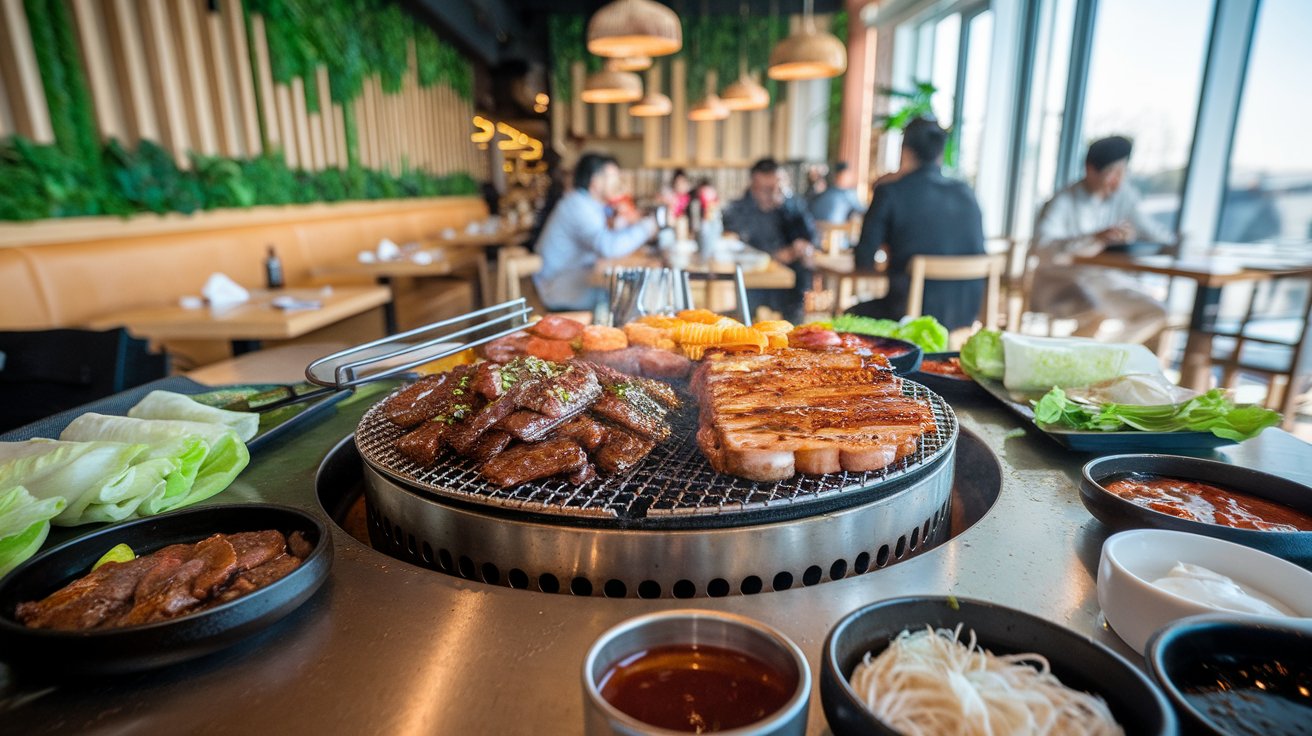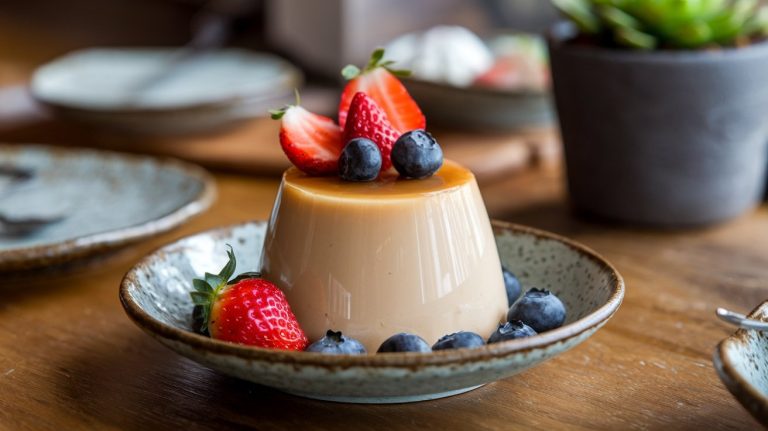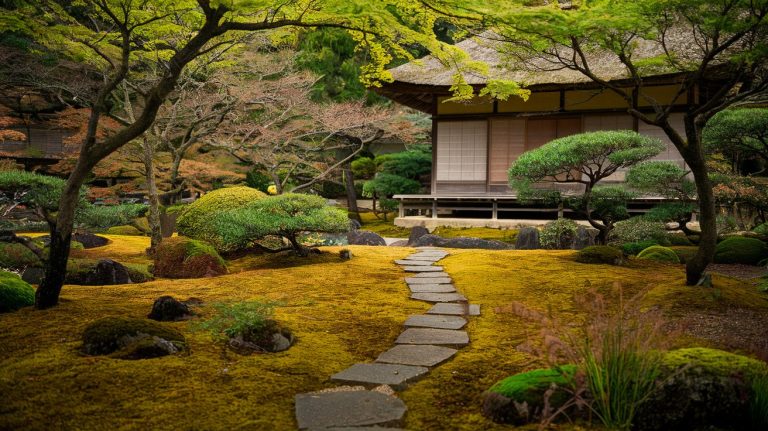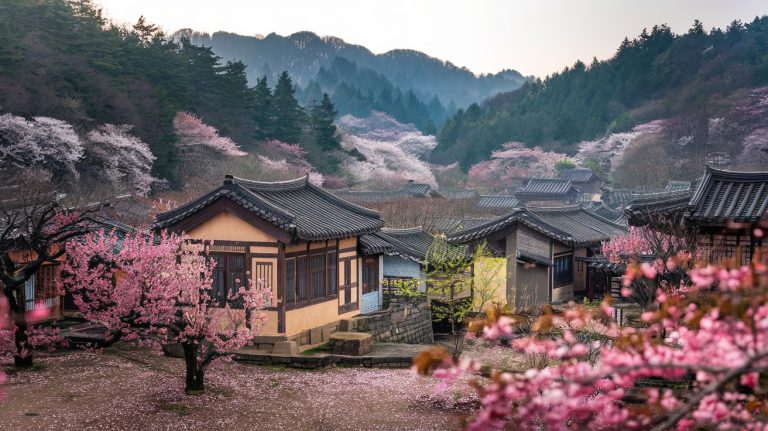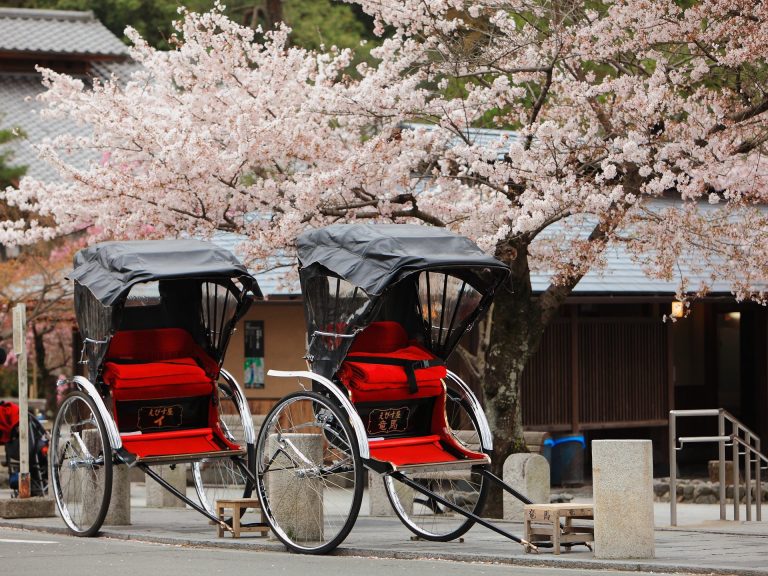10 Iconic Dishes You Must Try in South Korea
South Korea’s cuisine is a vibrant expression of its culture, blending tradition with bold, innovative flavors. Each dish reflects the country’s history, its reverence for seasonal ingredients, and its communal dining customs. Whether it’s the spicy tang of kimchi, the rich umami of Korean BBQ, or the comforting warmth of a bubbling stew, every bite offers a sensory adventure. Let’s uncover 10 iconic dishes that capture the heart of South Korean food culture.
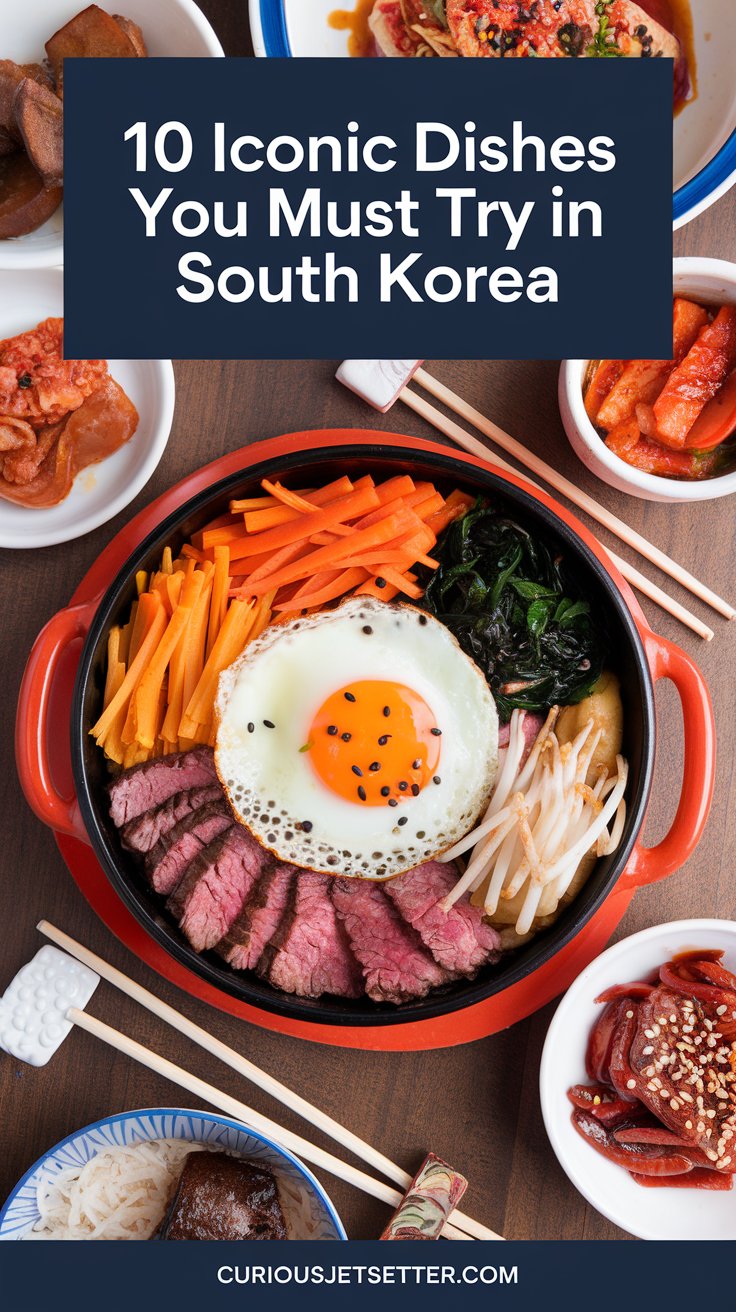
1. Kimchi: The Soul of Korean Cuisine
Kimchi (fermented vegetables) is South Korea’s iconic side dish and a cornerstone of its culinary identity. Made with napa cabbage or radish, it’s seasoned with red pepper flakes, garlic, ginger, and fermented seafood. The result is a tangy, spicy, and umami-packed dish that complements every meal.
🍜 Interesting Note: In 2013, UNESCO recognized the tradition of Kimjang, the communal preparation of kimchi, as an Intangible Cultural Heritage of Humanity.
Plan Your Taste Experience:
- Where to Try It: Nearly every Korean meal includes kimchi. For a deeper experience, visit the Kimchi Museum in Seoul or join a kimchi-making class.
- Best Accompaniments or Pairings: Kimchi shines with steamed rice, Korean BBQ, or in stews like kimchi jjigae (kimchi stew).
- Insider Tip: Fresh kimchi is crisp and mild, while aged kimchi offers bolder flavors perfect for cooking.
2. Bibimbap: A Harmony in a Bowl
Bibimbap (mixed rice) is a vibrant dish of steamed rice topped with sautéed vegetables, protein (like beef or tofu), and a fried or raw egg. The dish is brought together with a dollop of spicy-sweet gochujang (red chili paste), which you mix in to create a harmonious blend of flavors.
🍜 Interesting Note: The city of Jeonju is famous for its bibimbap, often considered the most authentic and flavorful version in South Korea.
Plan Your Taste Experience:
- Where to Try It: Head to Jeonju Hanok Village for an authentic bibimbap experience.
- Best Accompaniments or Pairings: Pair it with a bowl of doenjang jjigae (soybean paste stew) for a comforting meal.
- Insider Tip: For added texture, try dolsot bibimbap, served in a sizzling stone pot that creates crispy rice at the bottom.
3. Bulgogi: Sweet and Savory Perfection
Bulgogi (marinated grilled beef), translating to “fire meat,” is thinly sliced beef marinated in a savory-sweet mixture of soy sauce, sesame oil, sugar, garlic, and onions, then grilled or stir-fried. The caramelized marinade enhances the meat’s natural flavors, making it a crowd favorite.
🍜 Interesting Note: Bulgogi originated during the Goguryeo dynasty, where it was prepared on skewers, similar to today’s kebabs.
Plan Your Taste Experience:
- Where to Try It: Visit Seoul’s Myeongdong district for a Korean BBQ restaurant experience where you can grill bulgogi tableside.
- Best Accompaniments or Pairings: Wrap bulgogi in lettuce with ssamjang (spicy dipping sauce) and enjoy with a side of kimchi.
- Insider Tip: Opt for charcoal-grilled bulgogi for a smokier, richer flavor.
4. Samgyeopsal: The Ultimate Korean BBQ Experience
Samgyeopsal (grilled pork belly) is a Korean BBQ staple. Thick slices of unseasoned pork belly are grilled at the table, allowing diners to customize every bite with sauces, vegetables, and side dishes.
🍜 Interesting Note: South Korea celebrates Samgyeopsal Day every March 3rd, as the Korean pronunciation of “three-three” resembles the phrase for pork belly.
Plan Your Taste Experience:
- Where to Try It: Explore Korean BBQ restaurants in Seoul’s Hongdae area for a lively atmosphere.
- Best Accompaniments or Pairings: Pair with grilled garlic, lettuce wraps, and refreshing cold barley tea (bori-cha) for a balanced meal.
- Insider Tip: Use ssam (lettuce or perilla leaf wraps) to create a flavorful bite with your choice of sauces.
5. Tteokbokki: Spicy Rice Cake Delight
Tteokbokki (spicy stir-fried rice cakes) is a beloved South Korean street food. It features chewy rice cakes simmered in a fiery gochujang (red chili paste) sauce, often accompanied by fish cakes, boiled eggs, or melted cheese for added richness.
🍜 Fun Fact: Tteokbokki was originally a royal dish during the Joseon dynasty, prepared in a mild soy sauce-based version instead of the spicy gochujang we know today.
Plan Your Taste Experience:
- Where to Try It: Visit Seoul’s Gwangjang Market or popular street food alleys in Myeongdong.
- Best Accompaniments or Pairings: Pair with a warm cup of odeng-guk (fish cake soup) for a satisfying street food combo.
- Insider Tip: Try gireum tteokbokki, a soy-sauce-based, stir-fried version that’s less spicy but equally flavorful.
6. Kimchi Jjigae: A Comforting Stew
Kimchi jjigae (kimchi stew) is a soul-warming dish made with well-aged kimchi, tofu, pork (or tuna), and a spicy broth. This hearty stew is a staple in Korean households, especially during colder months.
🍜 Interesting Note: Many families use leftover kimchi for jjigae, as its richer flavor enhances the dish.
Plan Your Taste Experience:
- Where to Try It: Enjoy this classic dish at small family-run restaurants across Korea.
- Best Accompaniments or Pairings: A bowl of steamed rice is the perfect companion to this spicy stew.
- Insider Tip: For added depth, look for kimchi jjigae made with doenjang (soybean paste) blended into the broth.
7. Jjajangmyeon: Korean-Chinese Fusion
Jjajangmyeon (noodles with black bean sauce) is a popular Korean-Chinese dish featuring thick noodles smothered in a savory chunjang (black bean paste) sauce with diced pork and vegetables. It’s a comforting, hearty meal with roots in Chinese culinary traditions.
🍜 Fun Fact: Jjajangmyeon is traditionally eaten on Black Day (April 14), where singles gather to share the dish and commiserate over their relationship status.
Plan Your Taste Experience:
- Where to Try It: Explore Incheon’s Chinatown or any Korean-Chinese restaurant for authentic jjajangmyeon.
- Best Accompaniments or Pairings: Complement the dish with a side of danmuji (pickled yellow radish).
- Insider Tip: Mix the noodles and sauce thoroughly before eating to ensure every bite is packed with flavor.
8. Haemul Pajeon: Savory Seafood Pancake
Haemul pajeon (seafood and green onion pancake) is a golden, crispy treat made with a batter of flour, eggs, and fresh seafood like squid, shrimp, and clams. It’s a perfect appetizer or rainy-day snack.
🍜 Interesting Note: Koreans traditionally enjoy pajeon with makgeolli (fermented rice wine), especially during rainy weather.
Plan Your Taste Experience:
- Where to Try It: Try it at local markets like Busan’s Jagalchi Market or coastal eateries.
- Best Accompaniments or Pairings: Dip the pancake in a soy-vinegar-chili sauce for added tanginess.
- Insider Tip: Ask for freshly made haemul pajeon, as pre-made ones can lose their crisp texture.
9. Sundubu Jjigae: Silken Tofu Stew
Sundubu jjigae (soft tofu stew) is a bubbling, spicy dish featuring uncurdled tofu, vegetables, and either seafood or meat in a red pepper broth. It’s often served with a raw egg to crack into the steaming soup for added richness.
🍜 Fun Fact: Sundubu jjigae is believed to have originated in Korean coastal regions, where fresh seafood was abundant.
Plan Your Taste Experience:
- Where to Try It: Look for specialty sundubu jjigae restaurants in areas like Seoul’s Dongdaemun.
- Best Accompaniments or Pairings: Enjoy with a bowl of rice and various banchan (side dishes).
- Insider Tip: Adjust the spice level to your preference by asking for less gochugaru (red chili powder) if needed.
10. Patbingsu: A Refreshing Sweet Treat
Patbingsu (shaved ice with sweet toppings) is Korea’s favorite summer dessert. Traditional versions feature finely shaved ice, red bean paste, and condensed milk, but modern patbingsu comes in endless variations, from green tea to mango.
🍜 Fun Fact: Patbingsu dates back to the Joseon dynasty, when finely shaved ice was a rare and luxurious treat enjoyed by royalty.
Plan Your Taste Experience:
- Where to Try It: Visit trendy dessert cafes like Sulbing in Seoul’s Gangnam district.
- Best Accompaniments or Pairings: Enjoy with a hot cup of tea to balance the cold dessert.
- Insider Tip: Try the matcha or Oreo patbingsu for a modern twist on this traditional treat.
South Korea’s cuisine is a celebration of flavor, history, and community. From the fiery spice of kimchi to the refreshing sweetness of patbingsu, every dish offers a unique glimpse into the nation’s culture and traditions. Whether you’re exploring the vibrant street markets of Seoul, dining at traditional hanok restaurants, or learning to make kimchi during a hands-on workshop, South Korea’s food scene invites you to taste its soul.
So, pack your curiosity (and your appetite), and get ready to experience a culinary journey that’s as colorful and diverse as the country itself. The flavors of Korea await—will you take the first bite?

